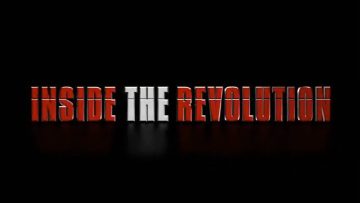Alaska Wildlife Project – Fed Land Grab
Directors
In this insightful discussion, experts examine the complex dynamics between wildlife, predators, and human management in Alaska. They challenge misconceptions about predators, highlighting how wolves and bears play a crucial role in the ecosystem, not just targeting the weak. However, they argue that predator control is sometimes necessary to maintain a balanced, abundant wildlife population, which is vital for the Alaskan way of life. The speakers also passionately discuss the tensions between state and federal management, criticizing the federal government's "hands-off" approach that fails to account for Alaska's unique environment and the needs of its people. Ultimately, they advocate for the state of Alaska to have greater autonomy in managing its own natural resources, ensuring a sustainable future for both wildlife and the Alaskan people.




































